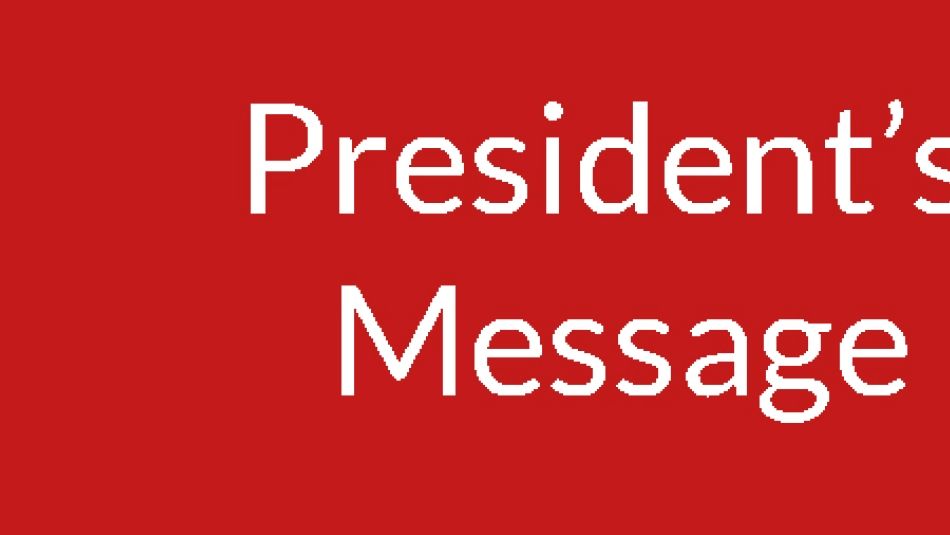
Share
It’s time that Canada developed a modern passenger rail service in this country.
That means more frequent trains to better meet the needs of Canadian travelers, whether for business or pleasure, and the introduction of high speed rails in our busiest travel corridors, such as Toronto to Montreal or Calgary to Edmonton.
From that would come jobs, helping to reduce unemployment, while providing some level of hope to our young people for more than contract jobs and precarious employment.
Other countries such as Japan and Germany have invested in their rail systems, and the result is a network of trains that efficiently and effectively move people to where they need to be, when they need to be there.
For the last few decades, Canada has gone in the opposite direction, cutting funding for Via Rail, which leads to services cuts and declining ridership -- making the next round of funding cuts almost inevitable.
In June of 2012, for instance, Via Rail management announced cutbacks in both employment and train frequency. Earlier that year, the federal government announced another round of cuts to Via Rail’s funding, continuing through to 2014.
It’s a policy direction with a near-perfect record of failure. So why are we doing this?
Unifor believes there is a better way to do things, and last week released a policy paper, Getting on Board or Running off the Rails?, making the case for a modern rail system and outlining the many benefits that would come with building a modern passenger train system in this country.
The biggest benefit would be in the jobs created.
There are jobs on the trains, sure, for ticket agents and train crews. But there would also jobs manufacturing the trains and the rails themselves, and jobs to put them in place. And, with the introduction of faster and more efficient trains, there would be jobs researching and developing the next generation of trains.
But there would be other benefits, as well, beyond employment.
Trains a much more environmentally friendly way to move people between cities than cars, so improving train service would cut down on pollution.
Along the way, more trains would also reduce congestion, a constant drain on our economy. In Toronto alone, the cost is pegged at some $6 billion a year in lost productivity, according to a done study for the Metrolinx transit agency.
In these difficult times, we simply can’t afford that. Expanded passenger rail can help us address that problem, resulting in benefits that extend far beyond the rail industry itself.
In fact, it's a good example of how investing in basic infrastructure, such as passenger rail, is one of the best things a government can do for the economy.
Now, no one is saying that passenger rail is the one thing that's going to turn the Canadian economy around and create all the jobs we need, but it can be one of the many creative solutions we can put in place to make things better and provide our youth with hope for a stable future.
When Unifor holds its Good Jobs Summit next year, this is the kind of thing we'll be looking for -- solutions within our grasp that have many positive effects throughout the economy.
Passenger rail is much more than a good way to go see grandma for the holidays. It’s also a vital part of our economic infrastructure. It enables people to travel much more easily between cities to work together on the projects that drive our economy.
Railways helped build the modern Canada we know today. With a little imagination, they can help build the Canada of tomorrow, too.


